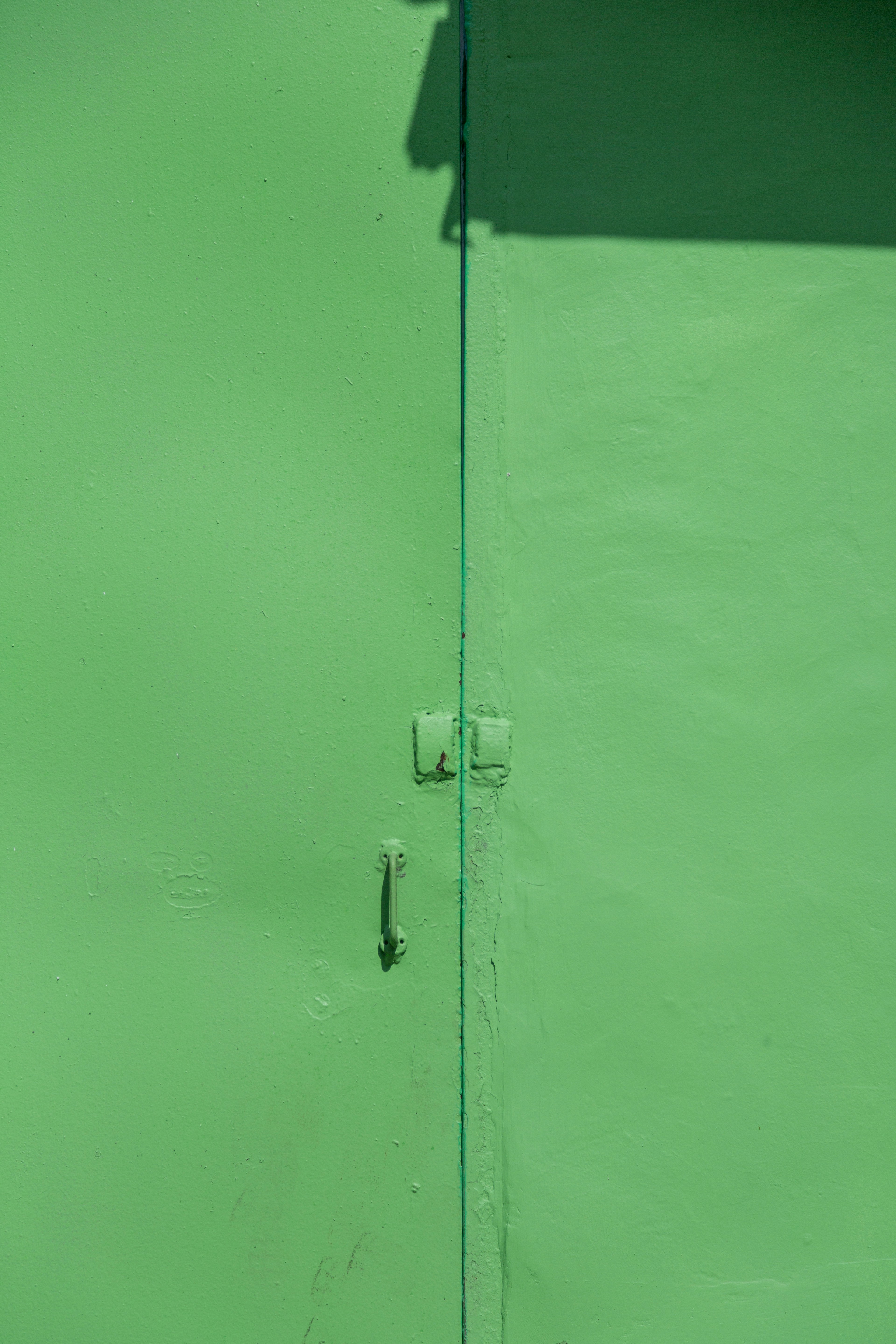RevPAR and beyond: Essential formulas for hoteliers

Hotel revenue management involves a set of key formulas and calculations that form the foundation of strategic decision-making. These metrics help hoteliers forecast demand, set pricing strategies, evaluate financial health, and improve guest satisfaction. Below are the most important formulas every hotelier should know.
Average Daily Rate (ADR)
Formula
ADR = Room Revenue ÷ Number of Sold Rooms
Example
If room revenue is $10,000 and 20 rooms are sold, ADR = $500.
Why it matters
ADR measures the average revenue earned from occupied rooms, providing insights into pricing performance.
Use cases
- Performance measurement: Benchmark revenue per room day-to-day.
- Revenue management: Adjust rates based on demand and competition.
- Benchmarking: Compare against competitors in the same market.
- Forecasting: Use historical ADR to project revenue in different seasons.
Revenue per Available Room (RevPAR)
Formula
RevPAR = Total Room Revenue ÷ Number of Available Rooms
or
RevPAR = ADR × Occupancy Rate
Example
If ADR = $500 and occupancy = 60%, RevPAR = $300.
Why it matters
RevPAR combines occupancy and ADR to show how well a hotel is filling rooms at optimal rates.
Gross Operating Profit per Available Room (GOPPAR)
Formula
GOPPAR = Gross Operating Profit ÷ Number of Available Rooms
Example
If GOP = $2.5 million and there are 21,900 available rooms in a year, GOPPAR = $114.
Why it matters
Unlike RevPAR, GOPPAR accounts for operational costs, giving a clearer picture of profitability and efficiency.
Total Revenue per Available Room (TRevPAR)
Formula
TRevPAR = Total Revenue ÷ Number of Available Rooms
Example
If daily total revenue is $6,000 and there are 60 rooms, TRevPAR = $100.
Why it matters
TRevPAR includes revenue from all departments—rooms, F&B, spa, parking—offering a holistic view of financial performance.
Cost per Occupied Room (CPOR)
Formula
CPOR = Total Room Department Costs ÷ Number of Sold Rooms
Example
If operating expenses are $14,000 for 15 booked rooms, CPOR = $933.
Why it matters
CPOR tracks the cost per occupied room, helping identify inefficiencies and control expenses.
Occupancy Rate
Formula
Occupancy Rate = (Occupied Rooms ÷ Available Rooms) × 100
Example
If 50 of 70 rooms are occupied, occupancy = 71.4%.
Why it matters
- Shows how efficiently a hotel fills its inventory.
- Works with ADR and RevPAR to guide revenue strategies.
- Indicates market demand trends.
Customer Satisfaction Score (CSAT)
Formula
CSAT = (Number of Satisfied Responses ÷ Total Responses) × 100
Example
If 80 out of 100 survey respondents rate their stay “satisfied” or “very satisfied,” CSAT = 80%.
Why it matters
High CSAT predicts loyalty and repeat bookings, while low scores highlight areas needing improvement.
EBITDAR
Formula
EBITDAR = Earnings + Interest + Taxes + Depreciation & Amortization + Rent/Restructuring Costs
Example
If net earnings = $100M, interest = $30M, taxes = $22M, depreciation/amortization = $20M, rent = $13M → EBITDAR = $185M.
Why it matters
- Adjusts for high rent/lease costs common in hotels.
- Focuses on core operational profitability.
- Enables comparability between owned and leased properties.
- Guides investors in evaluating financial health.
Conclusion
From ADR and RevPAR to CSAT and EBITDAR, these KPIs and formulas form the backbone of hotel revenue management. By tracking and analyzing them consistently, hoteliers can:
- Optimize pricing strategies
- Forecast demand more accurately
- Control operational costs
- Benchmark against competitors
- Improve guest satisfaction
- Drive sustainable profitability
These metrics don’t work in isolation—they’re most powerful when analyzed together, aligned with market trends, seasonality, and a hotel’s strategic goals.





